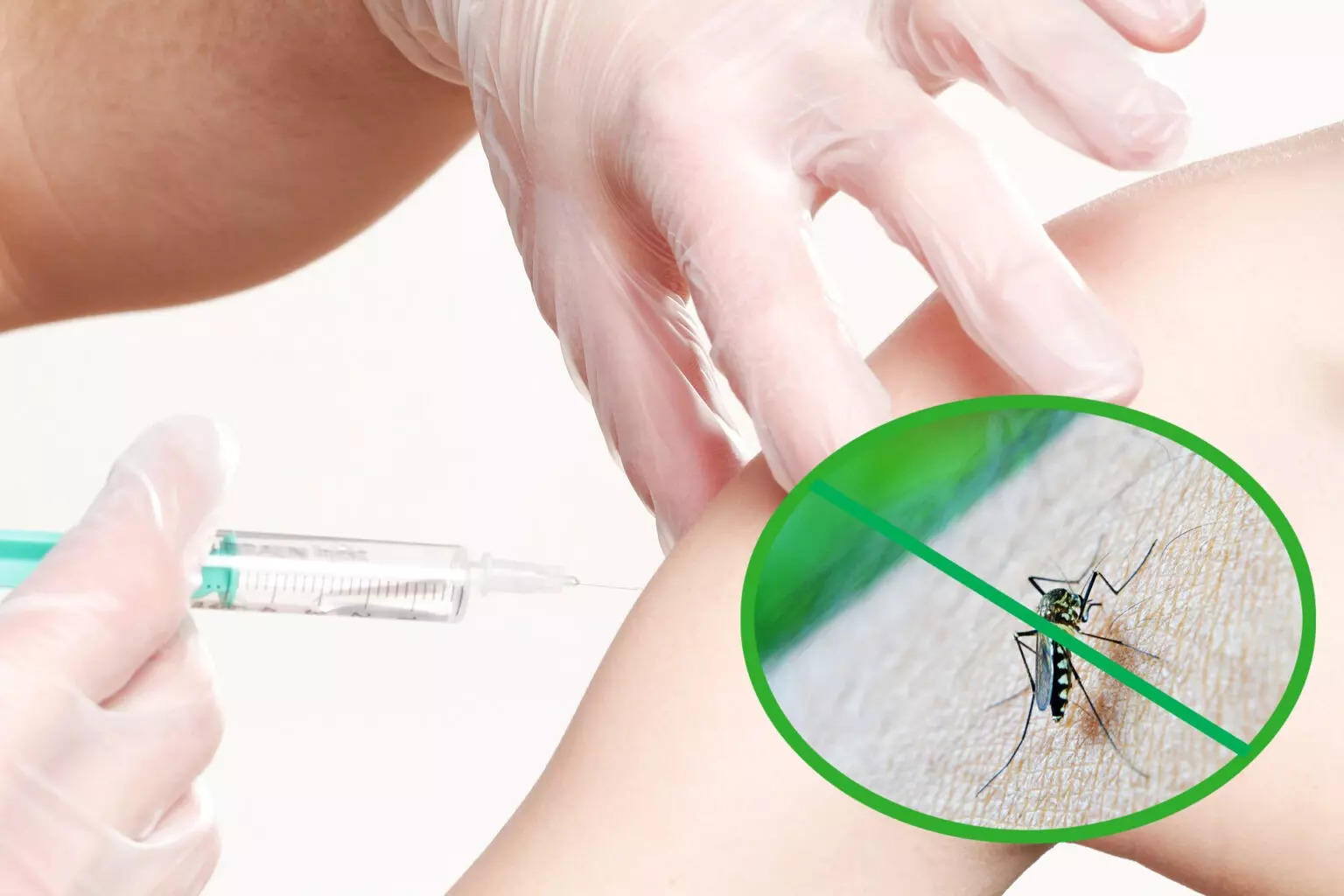Finally! Malaria vaccine by Oxford; taking sting out of mosquito bite after 100 years of research and 1 billio - Times Now

The R21/Matrix-M pre-erythrocytic malaria vaccine candidate was developed at the University of Oxford (Oxford, UK) and is currently manufactured by the Serum Institute of India (Pune, India).
"This is really exciting. People have been trying to make malaria vaccines for over a century," said Professor Adrian Hill of the University of Oxford.
Oxford has partnered with the Serum Institute of India, the world's largest producer of vaccines. Hill said that the Indian company was "intent on manufacturing not tens of millions of doses, but hundreds of millions of doses of this vaccine when we get to scale, which may be reasonably soon".
Why did it take a hundred-year-long wait?
The 2 important malaria vaccines:
But the breakthroughs in the vaccines engineered by the scientists now raise hopes.
- The Oxford jab is one of two important malaria vaccines. The R21/Matrix-M pre-erythrocytic malaria vaccine candidate was developed at the University of Oxford (Oxford, UK) and is currently manufactured by the Serum Institute of India (Pune, India).
- The other, called RTS, has been developed by GSK, the British-based drugmaker, and was recommended by the WHO for widespread use in children in sub-Saharan Africa last year. The vaccine, known as RTS, S was developed by GlaxoSmithKlein with the non-profit organization PATH over a 30-year period with support from the Bill & Melinda Gates Foundation and a network of African research centres. It is the world's first malaria vaccine that has been shown to provide protection against malaria in young children.
Malaria vaccines are not a silver bullet, though:
Sir Brian Greenwood, professor of clinical tropical medicine at the London School of Hygiene and Tropical Medicine, who has worked on both, said that differences in trials make it impossible to say which is better. He agreed, though, that Oxford's R21 looks likely to be made in greater quantities.
How do the 2 malaria vaccines work?
Both vaccines use the same basic technique to train the body to fend off Plasmodium falciparum, the deadliest of the five parasites that cause malaria and the most common in Africa. They expose a child's immune system to a protein found on the outside of the parasite during the early part of its lifecycle.
This antigen is mounted on a hepatitis B protein. Together they form non-infectious virus-like particles. These are combined with a special adjuvant, a substance that further stimulates the body's defences.
Professor Halidou Tinto of the Health Sciences Research Institute in Burkina Faso, who led the Oxford malaria vaccine trial, said: "It is fantastic to see such high efficacy again after a single booster dose. We are currently part of a very large phase-three trial aimed at licensing this vaccine for widespread use next year."
The phase-three trial has recruited 4,800 children aged five to 36 months across four African countries. Results are expected this year.
The global malaria burden:
The World malaria report 2019 estimates that globally, there were an estimated 228 million cases of malaria in 89 countries. The estimated number of malaria deaths in 2018 stood at 405 000. Most malaria cases in 2018 were in:
the World Health Organization (WHO) African Region (213 million or 93%), followed by
the WHO South-East Asia Region with 3.4% of the cases and
the WHO Eastern Mediterranean Region with 2.1%.
India's
In accordance with the GTS, the Government of India launched the National Framework for Malaria Elimination 2016-2030 in February 2016 and the National Strategic Plan for Malaria Elimination 2017-2022 in July 2017 with WHO support.
India has a vision of a malaria-free country by 2027 and an elimination by 2030. WHO supported the country to accelerate malaria elimination activities in the states as per NSP 2017-2022.
WHO also lauds India's increased malaria prevention and control measures that have dramatically reduced incidents of malarial infection within the country.
Disclaimer: Tips and suggestions mentioned in the article are for general information purposes only and should not be construed as professional medical advice. Always consult your doctor or a dietician before starting any fitness programme or making any changes to your diet.
Comments
Post a Comment